Why Do Whales Do That? Humpback Whale Behavior in Tonga
It’s no secret that humpback whales are ridiculously playful and acrobatic. They’re one of the most beloved species to watch by marine enthusiasts around the world, as there is hardly ever a dull moment when a group of humpback whales frolics nearby. Tail and pectoral fin slapping, peduncle throwing, breaching, rolling and trumpeting and bubble blowing…the behaviors go on and on in one of nature’s most entertaining shows: humpback whale breeding season.
Because Tonga is one of the main breeding grounds of the South Pacific humpback whales, we see an extensive range of behaviors that are focused around accomplishing one of two goals: 1) a whale is either here to give birth and raise a calf or 2) a whale is here to get pregnant or impregnate another whale.
Sometimes I make jokes that whales are the “original tropical island honeymooners” and that in the grand scheme of the whale’s habitat, Tonga is the bedroom and Antarctica is the kitchen, connected by the world’s longest hallway. However, these expressions are just playful descriptions for something that’s actually quite dramatic. It’s definitely not all chillaxing and playful “getting it on” for the whales here. Breeding season is hard work.
This Ain’t No Honeymoon
Let’s put things in perspective by stepping into the mind of a whale. Imagine you’re a pregnant female humpback and you’ve just traveled 6000 kilometers to find a safe place to give birth to your calf. You’ve finally arrived in the warm, sheltered oasis of the Ha’apai Islands, tired and a bit drained since you’ve gone without food for the majority of the past 6-8 weeks. That’s about the length of time it’ll take you to make your migration from your feeding grounds in Antarctica, and although you may have done a bit of opportunistic feeding on the journey, your main priority is to make it up to the breeding grounds as efficiently as possible.
So you’re here! Great! You’re ready to give birth to your calf. You find a sheltered reef, go through the birthing process, and out pops a 2-ton animal that is a third the length of your own body. Your calf is hungry, energetic, and requires constant supervision. She drinks 400-500 liters of your milk (and gains about 50 kilos) every day because the clock is ticking, and you’re going to need her to be nice and strong to make the migration south with you in a few weeks. You’re getting thinner by the day, as your own fat stores are converted into milk for your “wee” babe. Who knows, maybe your hormones are super out of whack as well and you’re moody.
Curious Humpback Whale Calf - Ha'apai, Tonga
AND THEN. Boom. A male whale enters the reef and starts dropping his pick-up lines. He “escorts” you and your little calf around, sweet-talking you by acting like a gentleman, subtly (or not-so-subtly) begging for your attention. He wants to be your boo. But you don’t have the energy to deal with it. You just gave birth to a giant baby mammal, for goodness sake! “You expect me to want to do it all over again right NOW?” You feel like shouting at the male.
Male Escort with Mom and Calf Behind - Humpback Whales in Ha’apai, Tonga
But, you let him tag around for a few days. He’s actually kind of helpful at keeping other males at bay. Sometimes he even sings, and his sweet tunes aren’t too bad as far as background noise goes. A few other males enter the area and notice you, and decide they want to be your boo too! So they chase your original escort around, stirring up your chill vibe, and you and your calf move along, trying to stay out of the action. This is what we’d call a competition group, or a “heat run.” Males being territorial and fighting over you…classic.
Can’t they get the memo? You’re tired and the last thing on your mind is getting pregnant so you can go through it all over again next year. Nah. You’ll take a couple years off, at least. You’re really starting to look forward to your next winter in Antarctica, where you’ll stay and keep feeding after your calf has grown up enough to venture off on her own. Tonga is great and all…but you associate it with the exhaustion of giving birth and the drama of male competition.
A First-hand Perspective of What Whales Go Through in Breeding Season
So, it’s far, far from a honeymoon or a relaxing time for the whales here, no matter what jokes we pull to keep things fun and lighthearted on the boat. These whales are going through a lot!
This is why it is SO critical to watch the behaviors of whales before we decide whether or not to get in the water with them. If it’s a new mom and a tiny calf, she is probably very tired, maybe a bit wary of humans. Watching her body language and looking for “avoidance” behavior is a good indicator that she needs her space, and we give it to her with an encouraging, “Good luck mama!” and a slow motor away.
But maybe she’s super relaxed and just hanging out while baby plays. You wait for her to accept your presence in the water, approaching slowly, and then just float nearby, watching. We don’t dive down to the whales; that is their realm. If they want to surface and approach us, we want it to be their decision.
It’s the same with juveniles or adults. If they’re avoiding the boat, we respect that. If they’re preoccupied with suspected courting or mating behavior, or maybe even busy in a heat run, we’ll watch from a respectful distance away, trying to be unobtrusive observers. But maybe we spot a few playful whales and they appear quite relaxed around the boat. We might slip in and see if they want to do a bit of people watching. Sometimes they do, sometimes they don’t! I respect them all, whatever they want to do. I mean, sometimes I’m in the mood to socialize and sometimes I’m not. All creatures probably experience similar sensations!
Every Day is a New Lesson
I am learning so much more about whales here, even after three seasons of watching them for a boat for a living. Seeing them IN their liquid element is mind-blowing and breathtaking. We just need to remember to treat this as a privilege, not a right. These whales are here for a very important purpose. They’ve got things to do, yo. We’re just observers. But if by sharing these moments with guests all over the world, we can inspire people to work towards ocean conservation in their own life, we can utilize whale swimming for a real, honest, true purpose.
Breaching Humpback Whale in Ha'apai, Tonga
How Can We Fix Our Damaged Relationship with Our Planet
From Glenn Edney’s perspective (author of Humpback Whales of the South Pacific), to reconnect with the planet and the other living beings that call it home, “we need to seek out the wild places, both on our planet and within ourselves, putting aside our technology and convenience lifestyle for a while so that we can sense our true nature as an integral member of the earth community. Spending time in the company of humpback whales and especially in the water with them is a fantastic way of experiencing our connectedness with Gaia [the Earth Goddess] and for many who have had the privilege, it is life changing.”
Glenn also mentions how imagining himself as a whale helps him to connect with the species. What an interesting idea! Next time you’re floating around in the bathtub or in the ocean, maybe close your eyes and take a moment to pretend you’re a humpback. As a whale, you have an extraordinary ability to bridge the underwater world and everything above.
We breathe the same air. We are connected in more ways than we know. The sooner we all realize that, the sooner we will save our very damaged relationship with our planet.
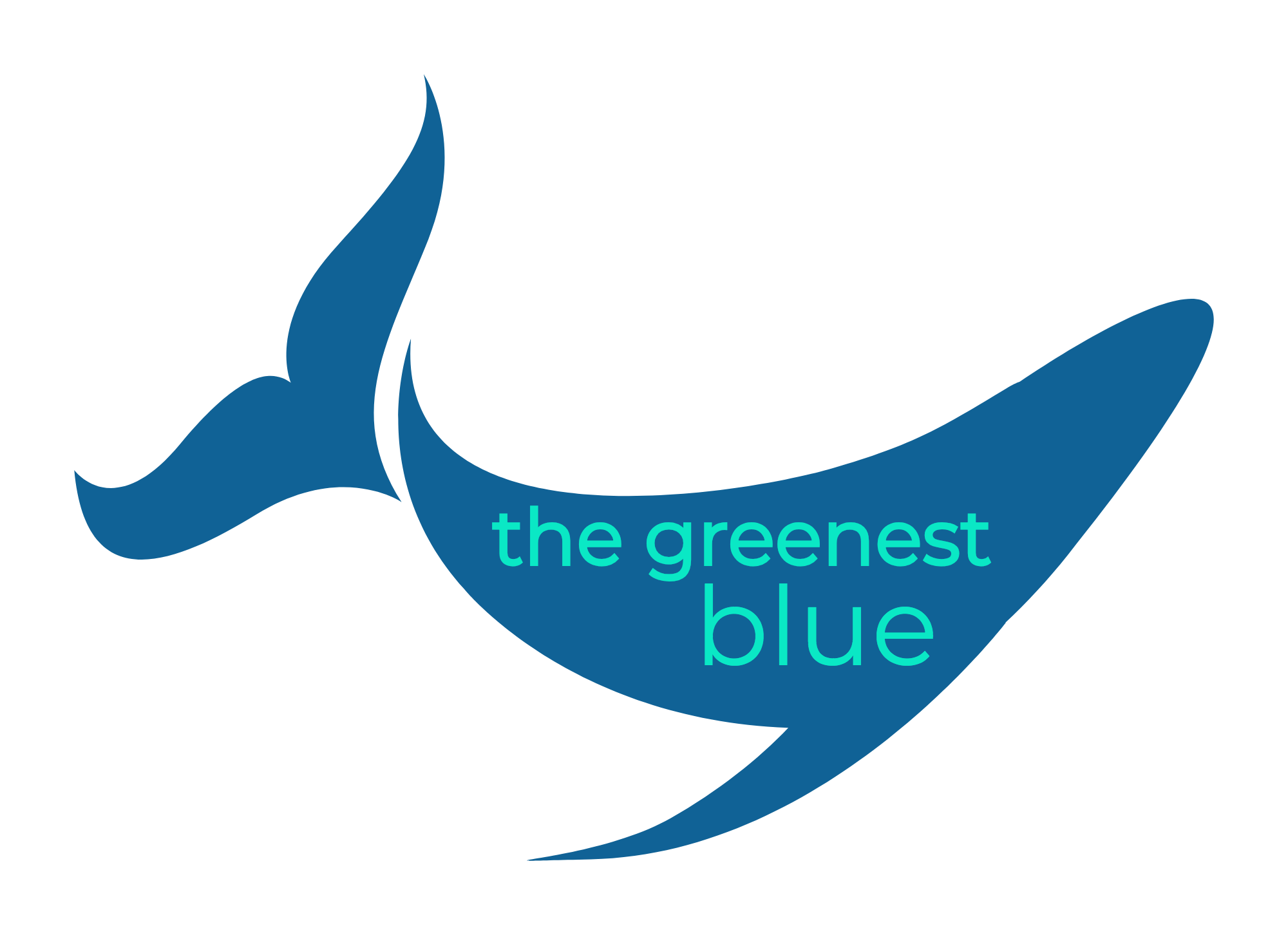
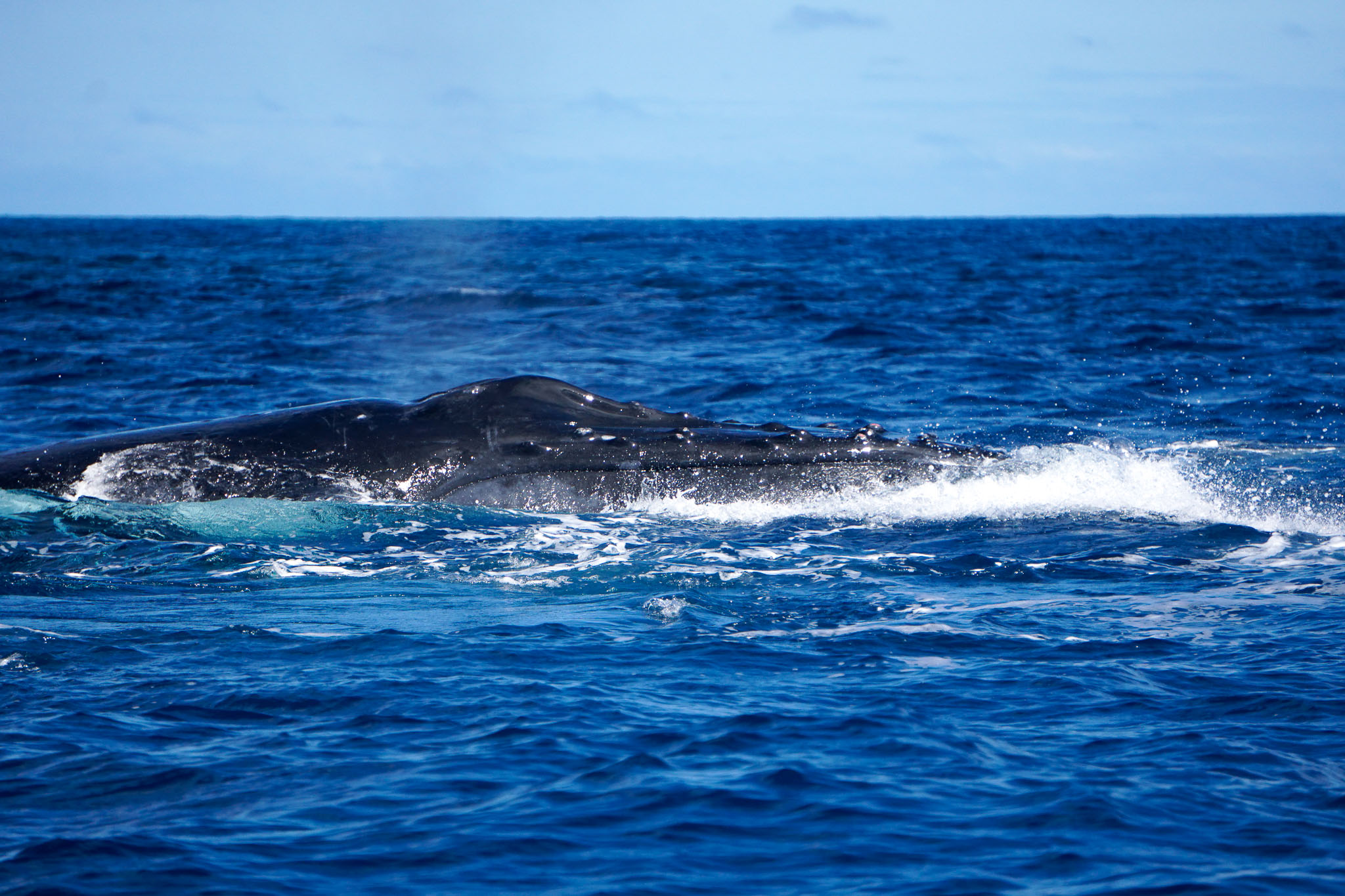
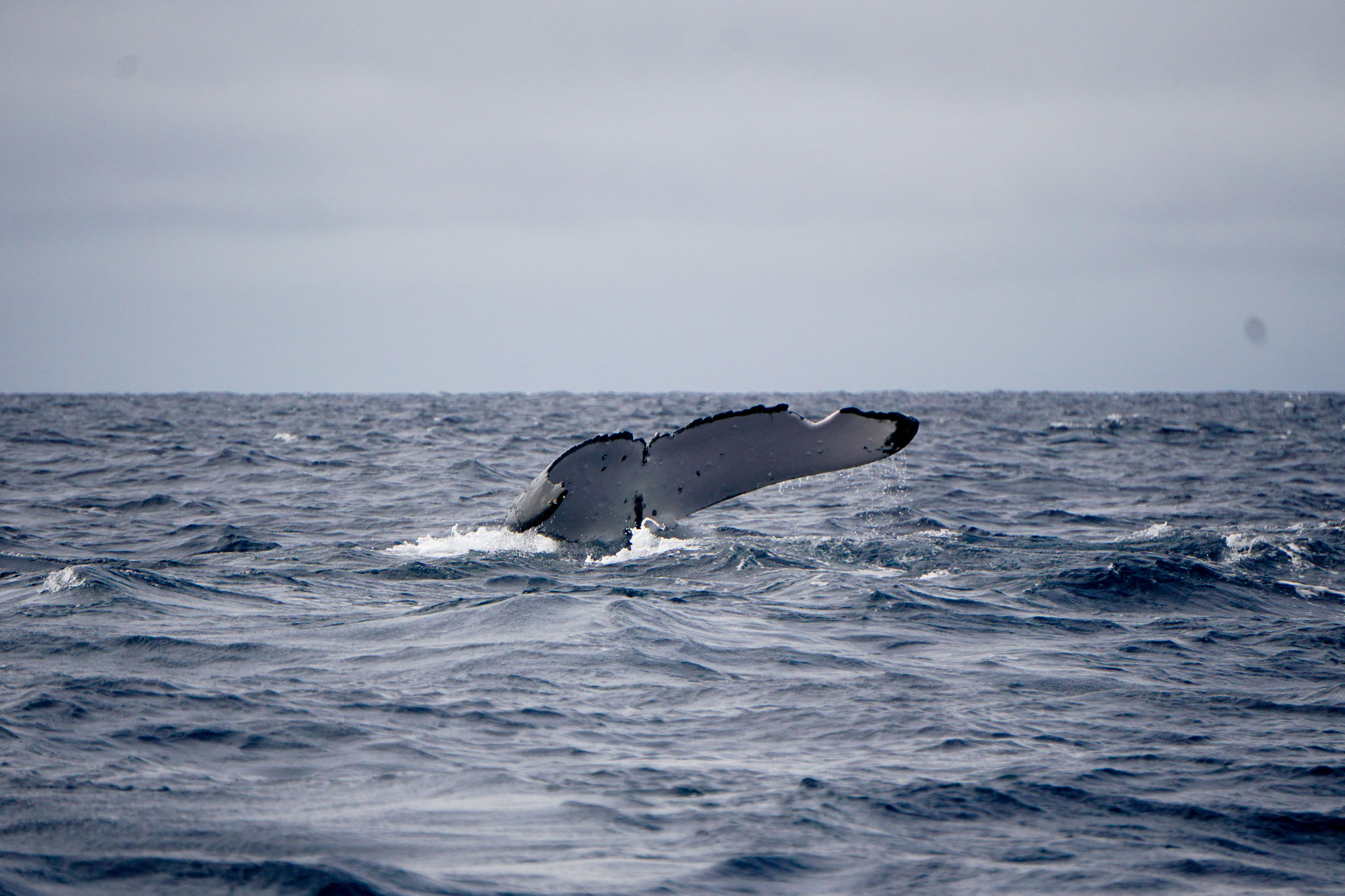
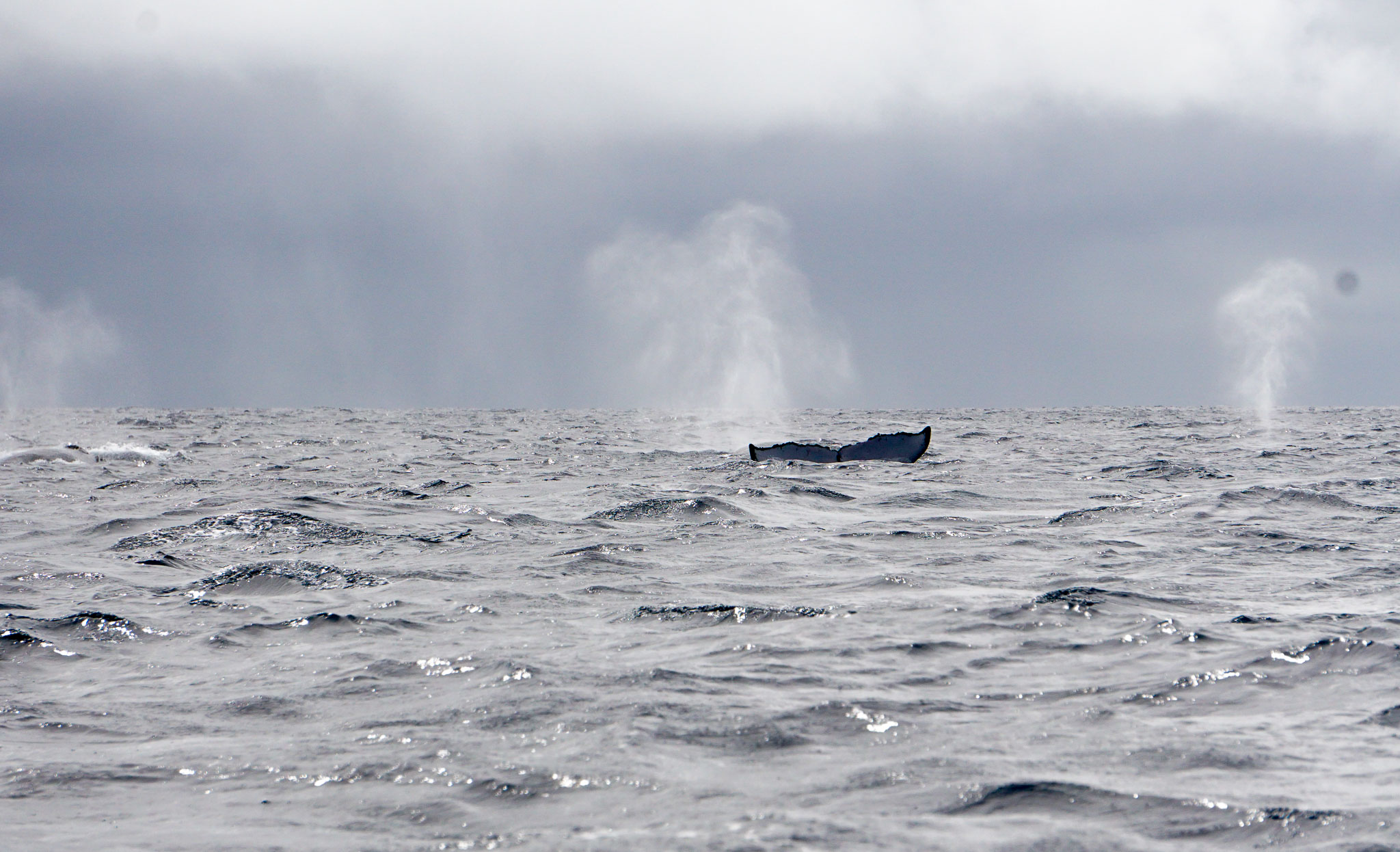
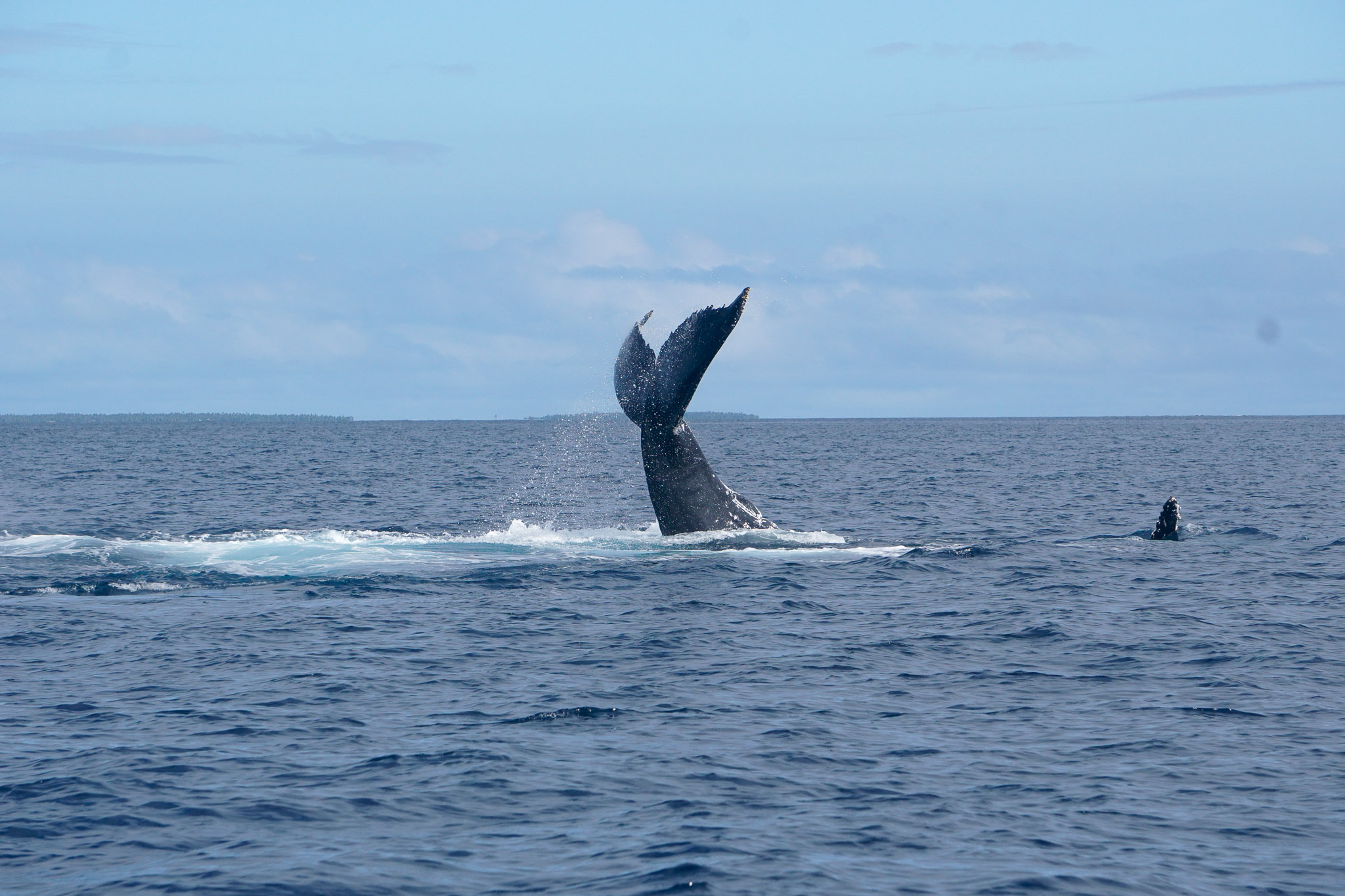
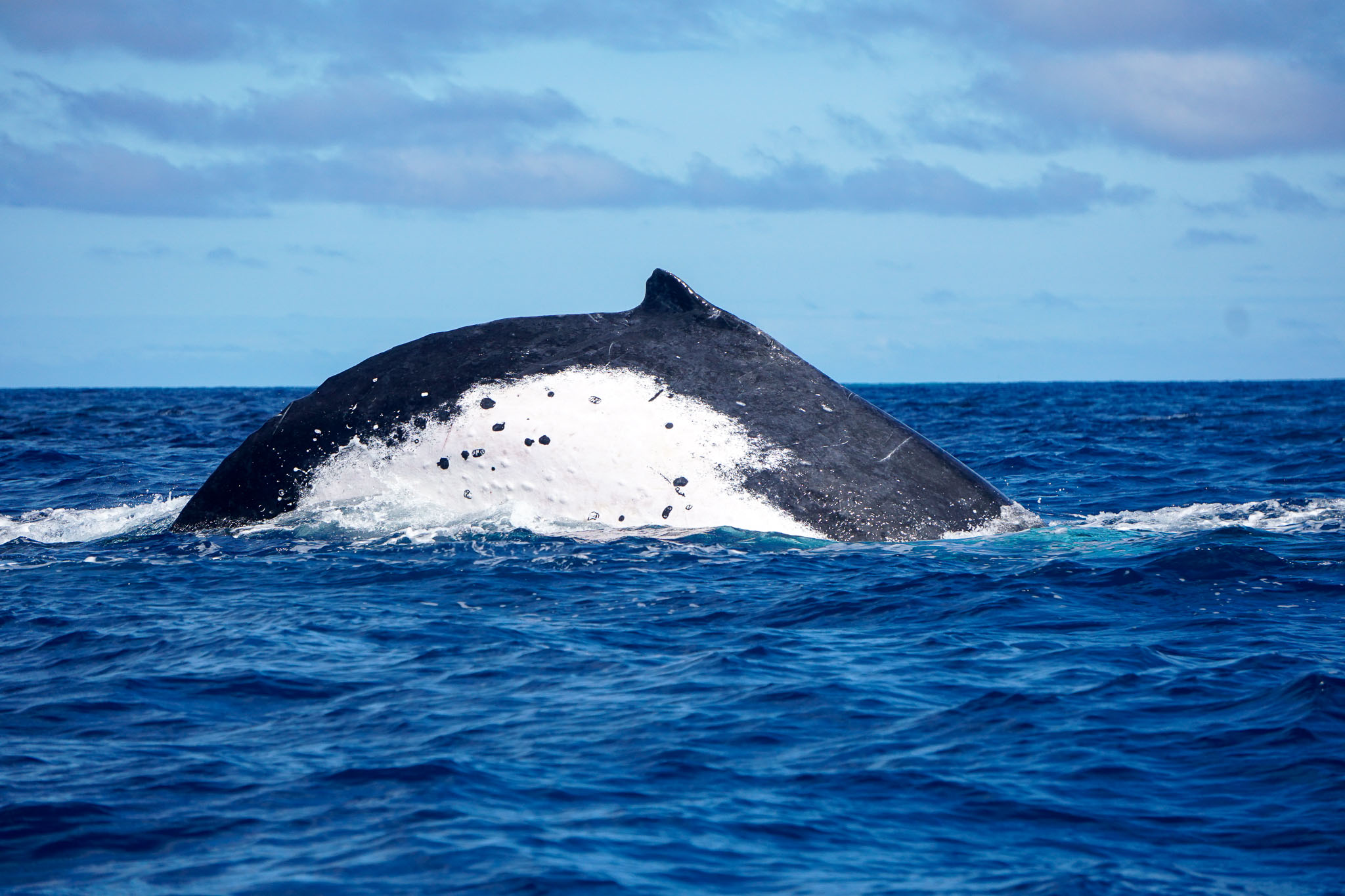
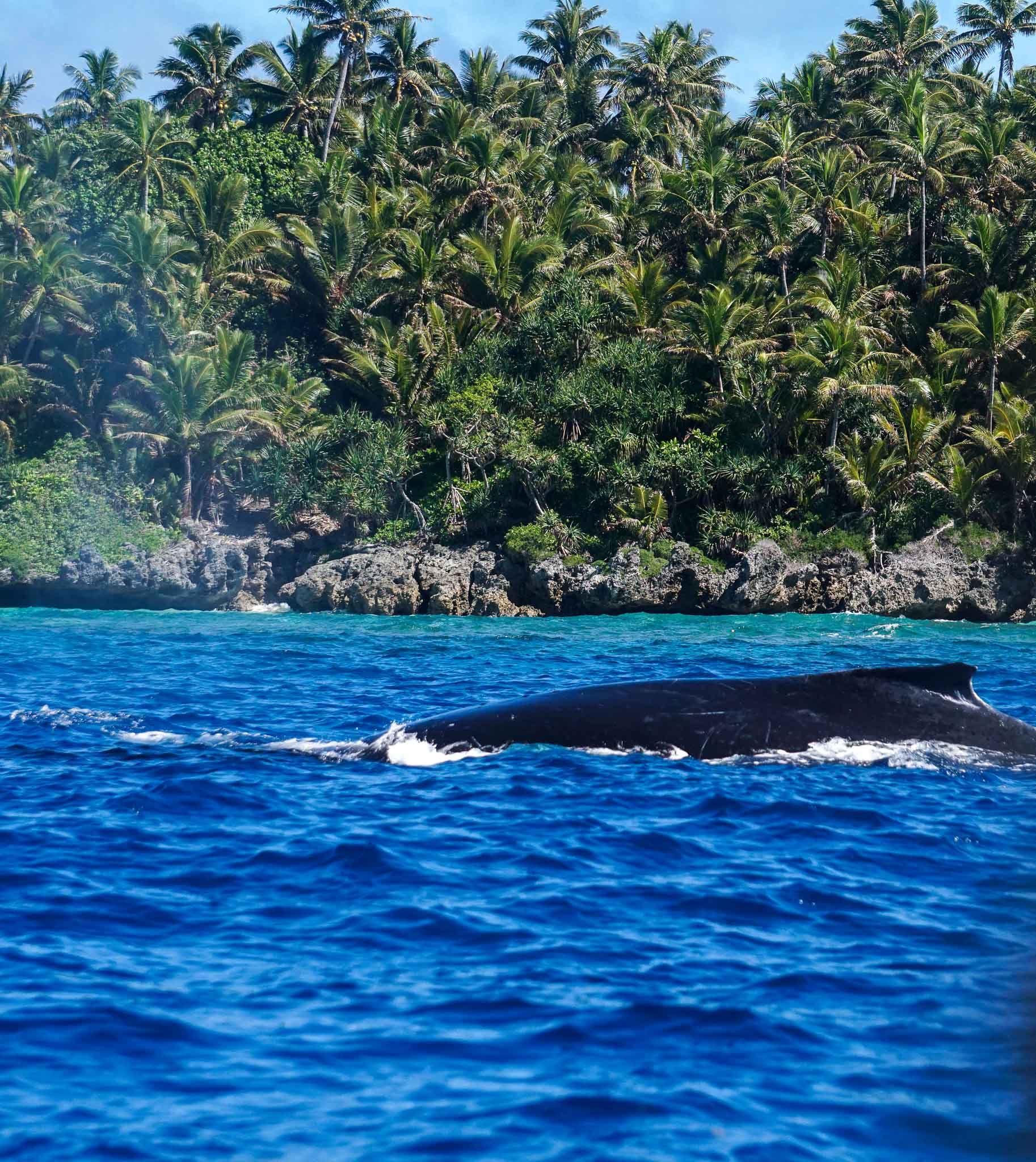


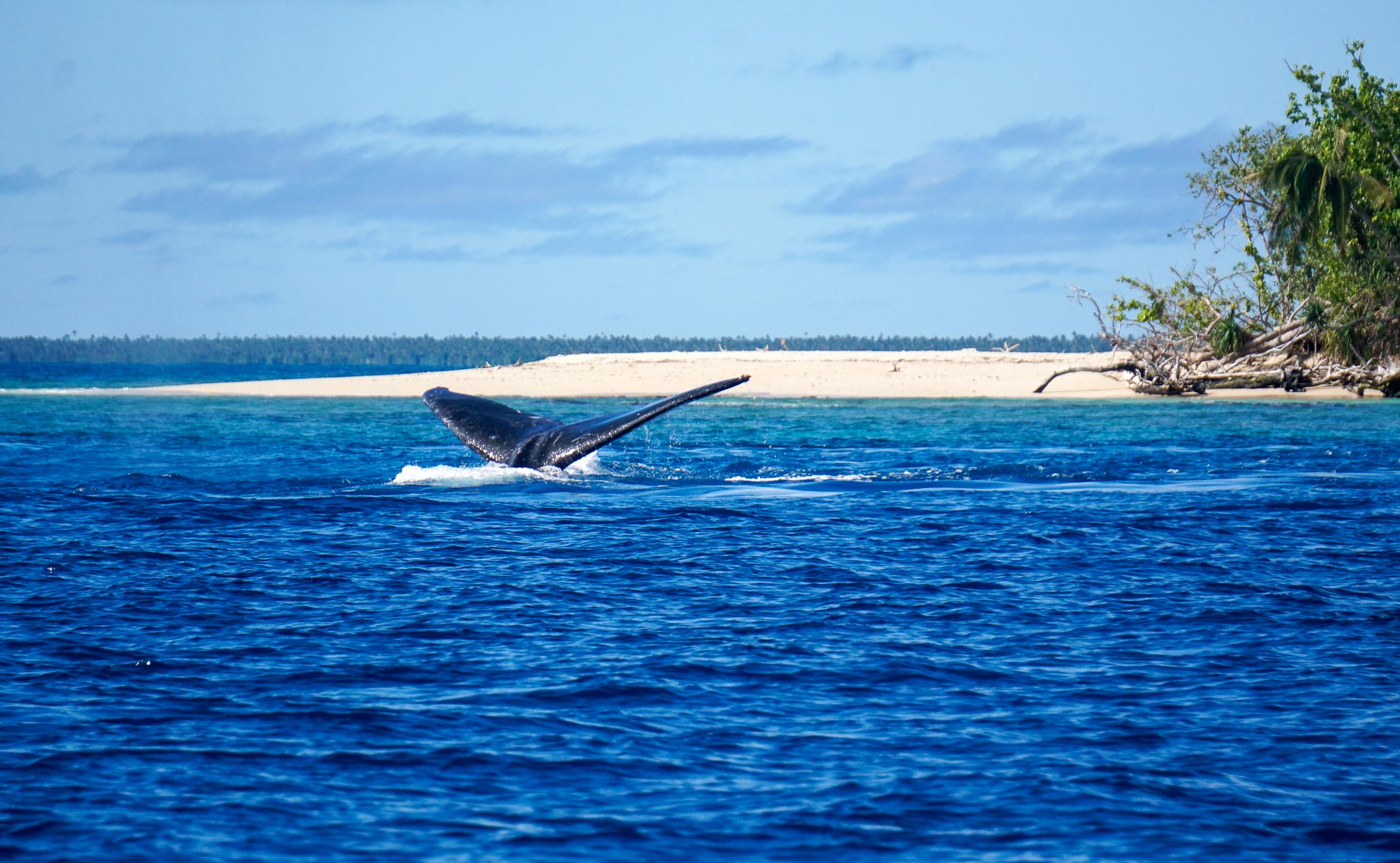
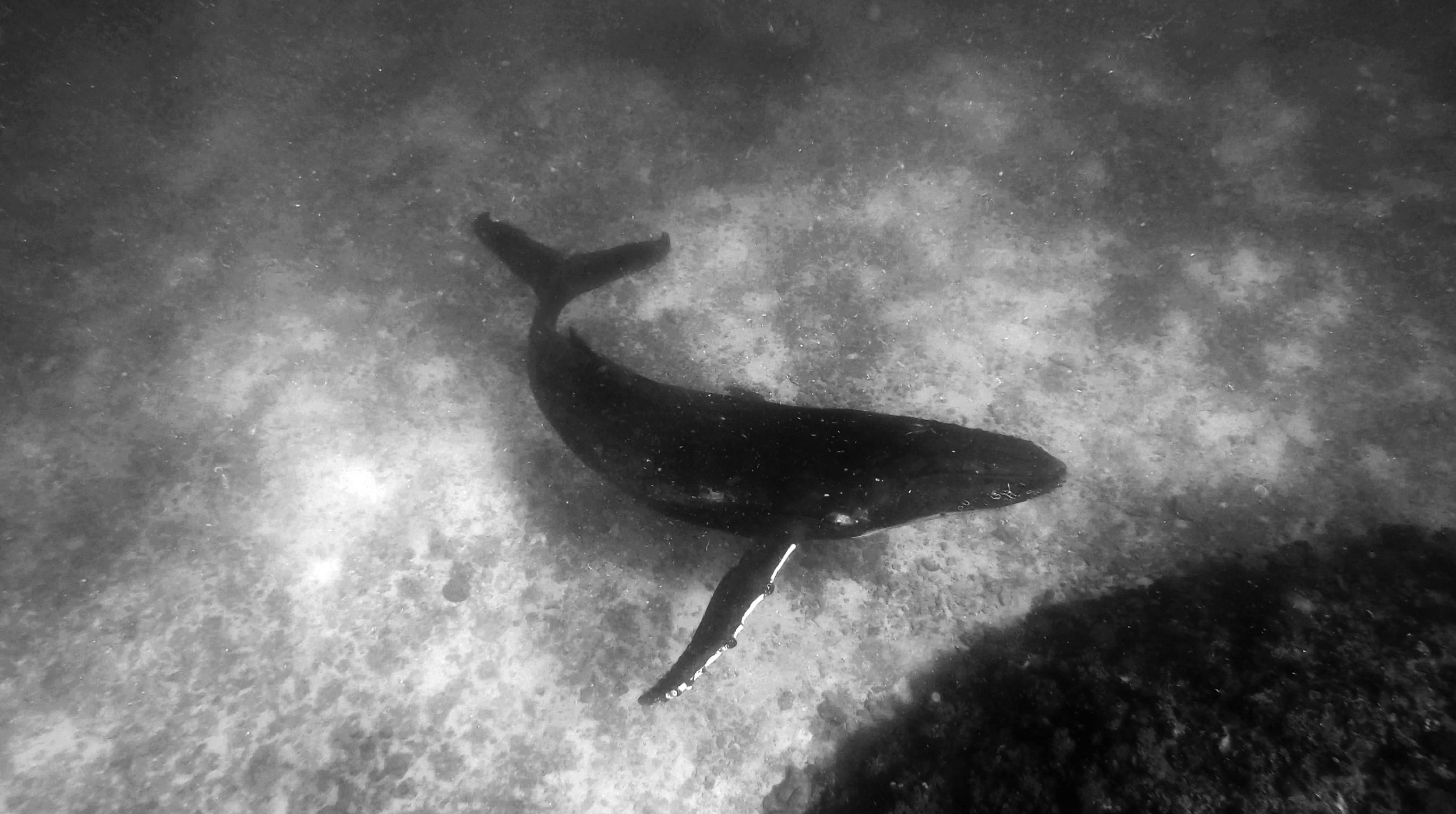
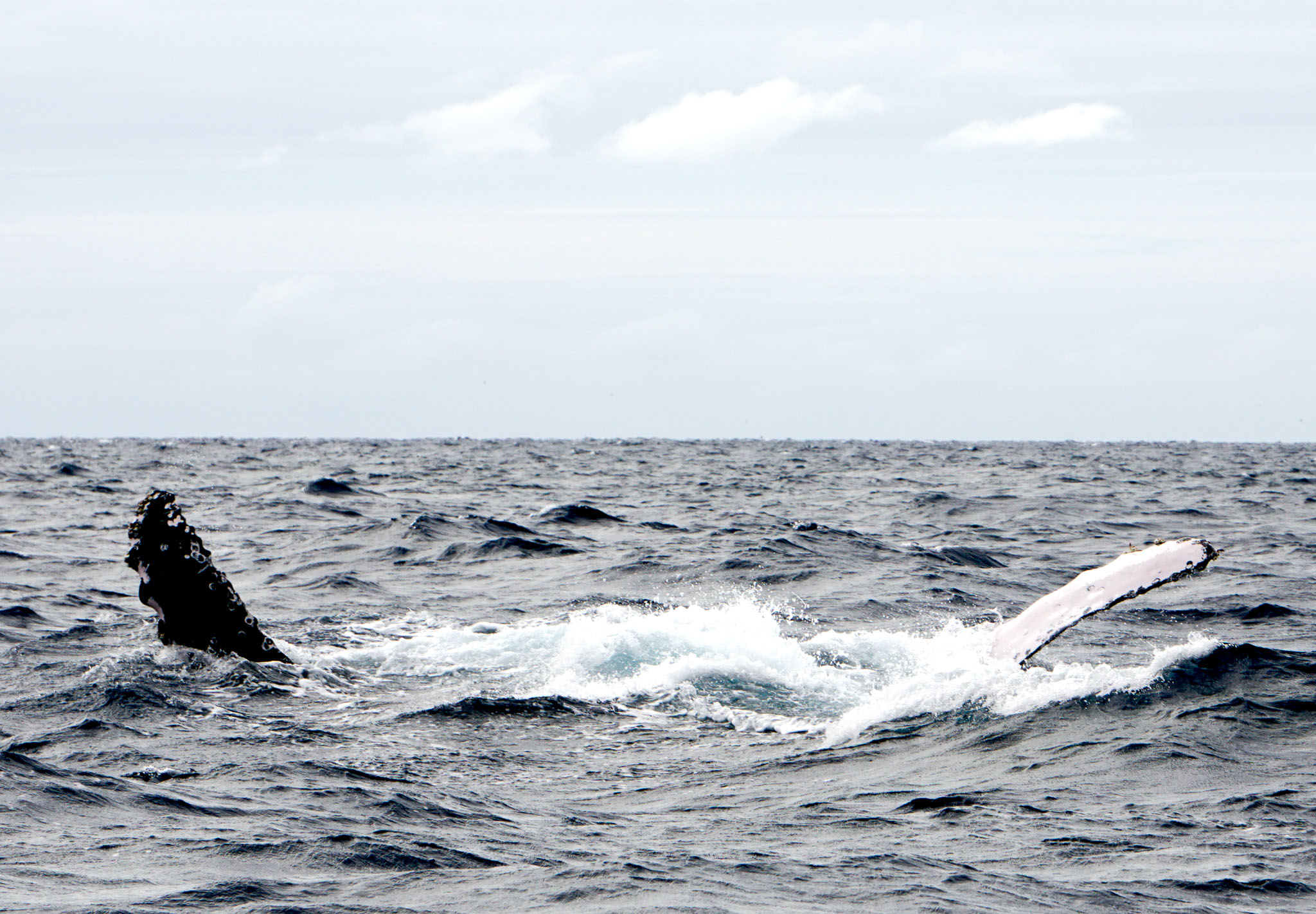
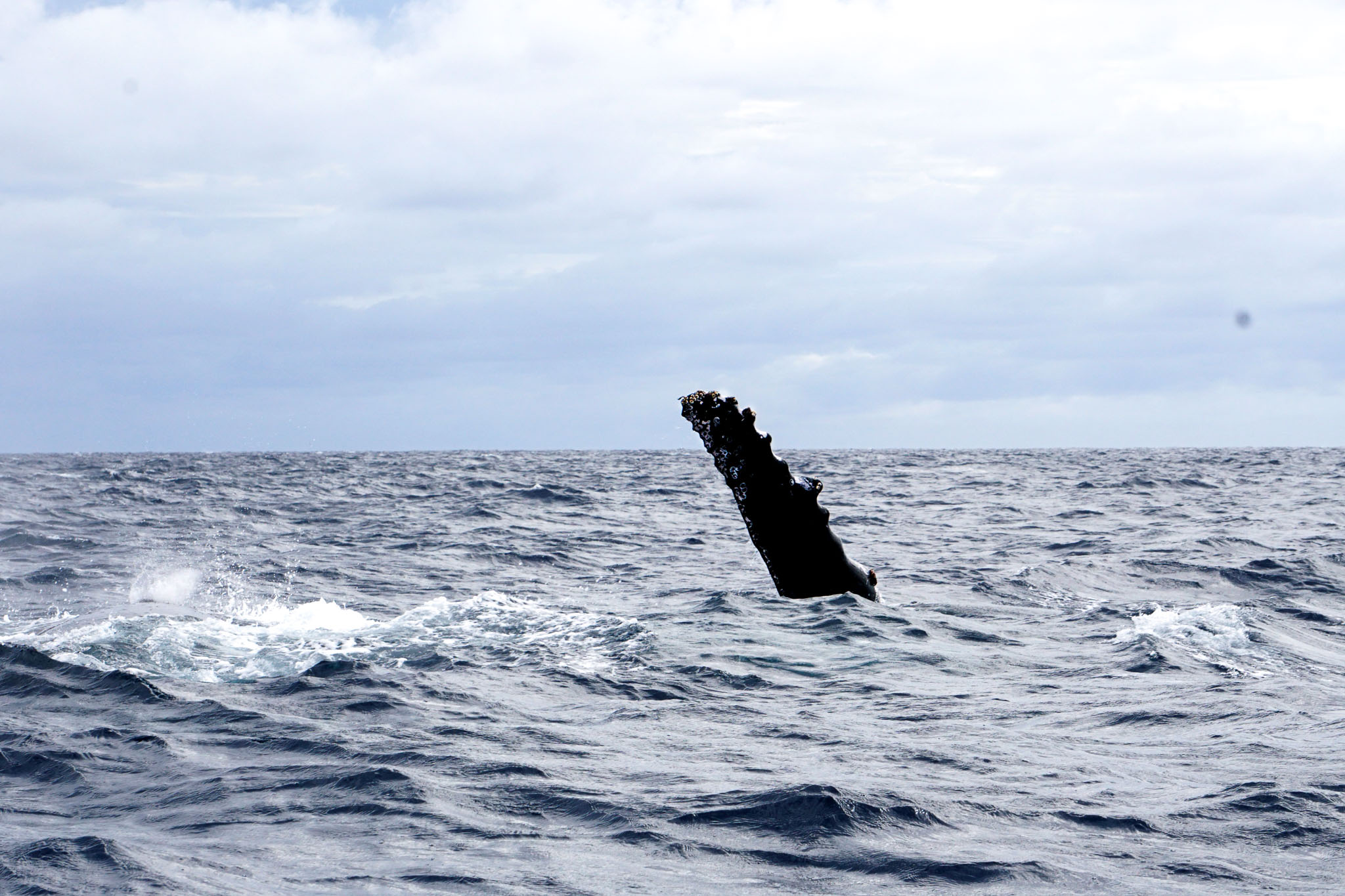

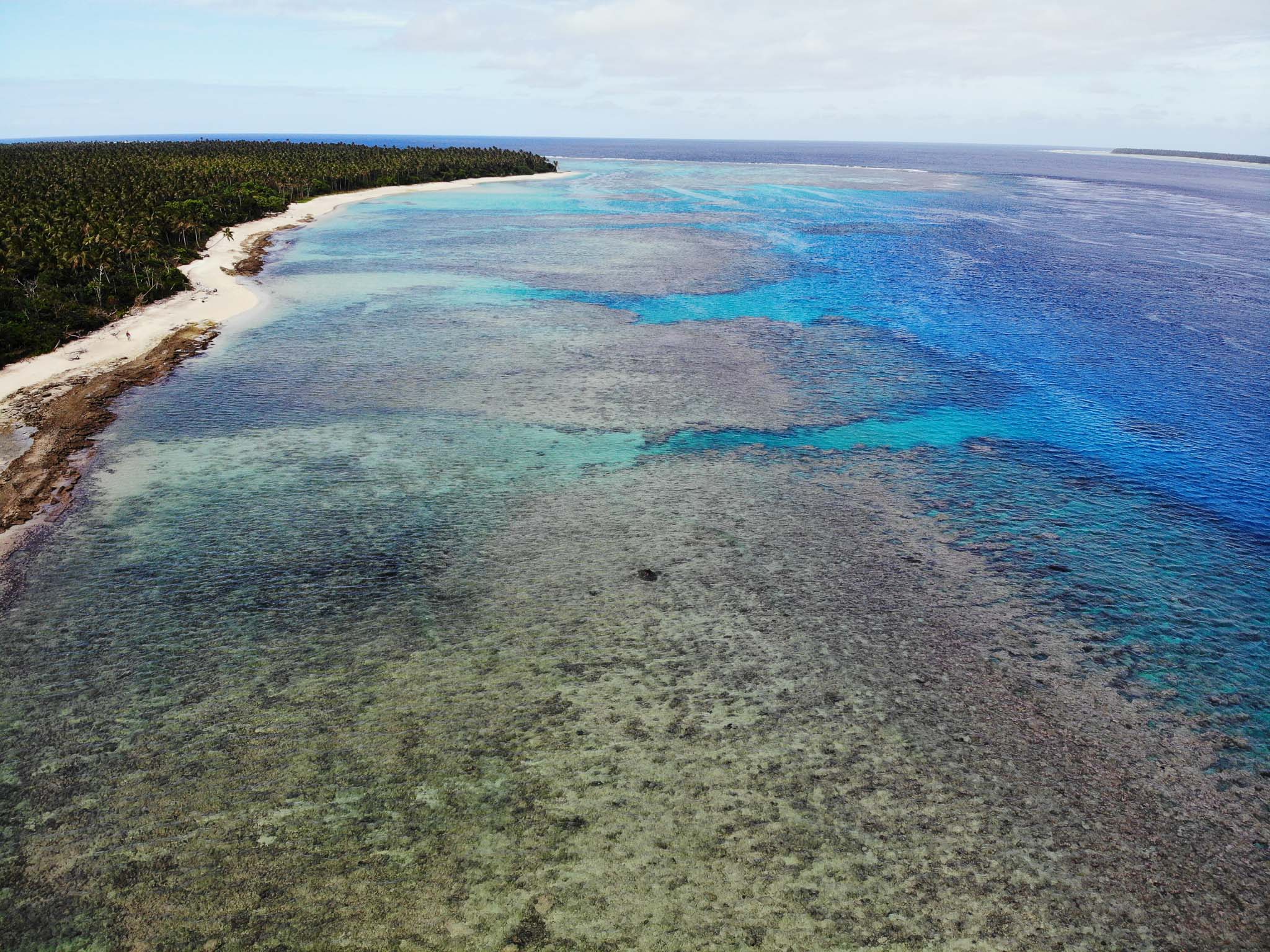
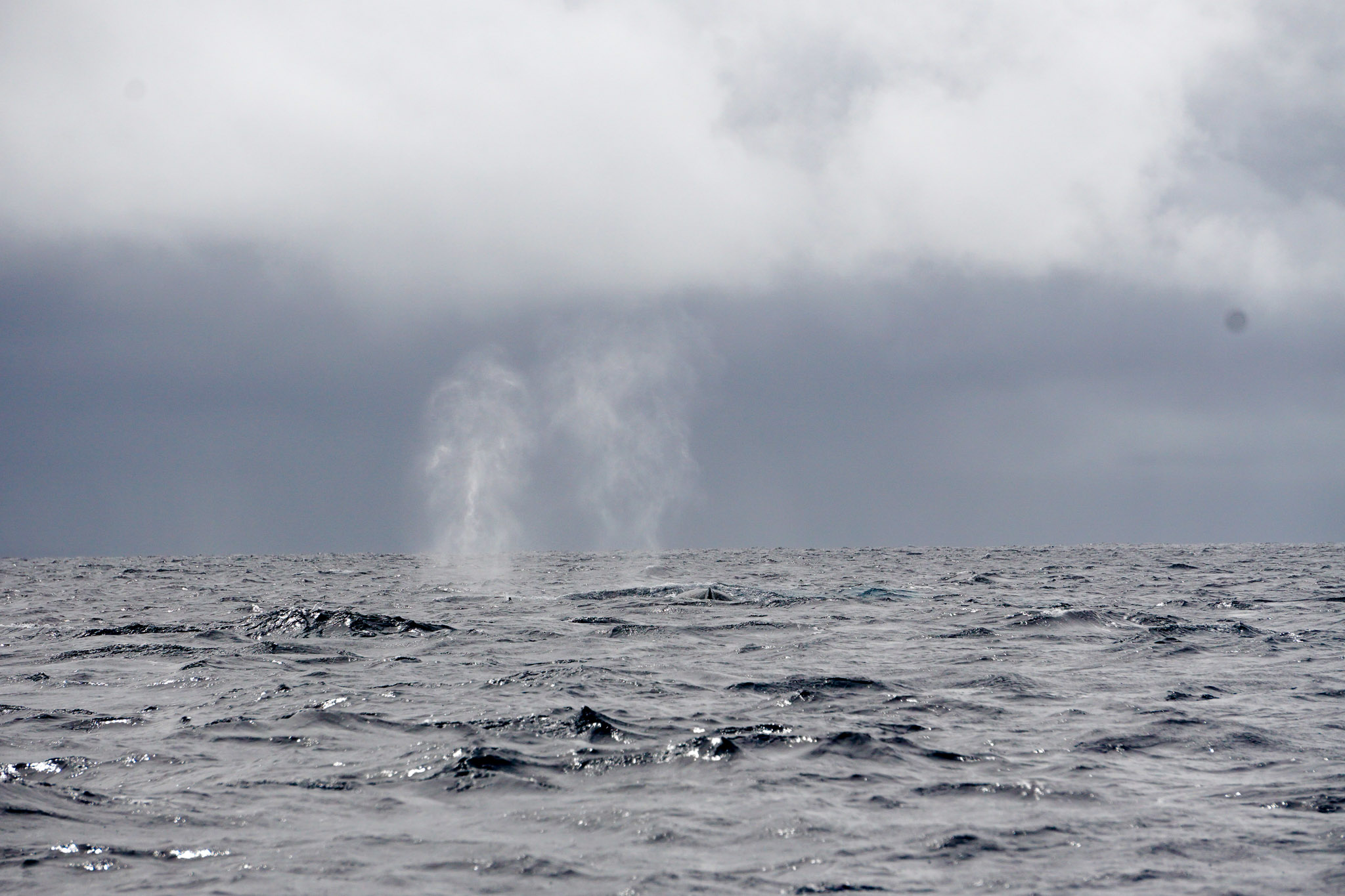
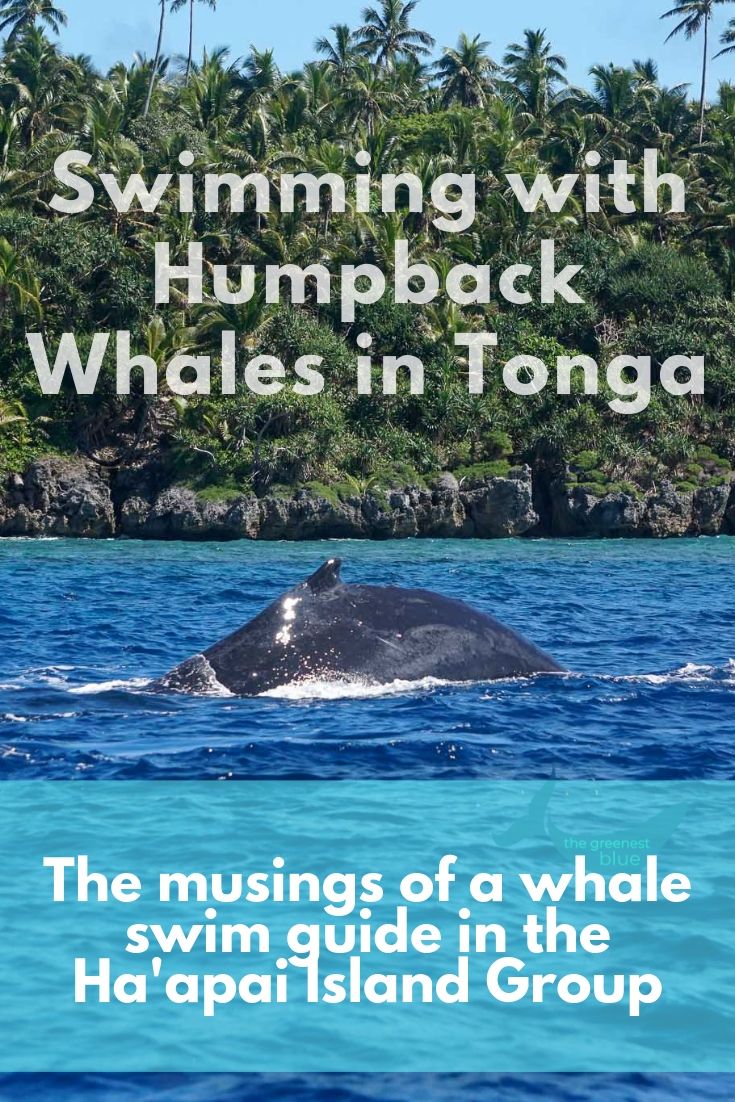



Holy doodles. I am so happy to be back in Aotearoa, land of the long white cloud. I didn’t realize (that’s a lie, yes I did) how much my heart missed this beautiful country that has managed to capture my little heart and squeeze it tight. It makes me want to cry thinking about my younger self and the momentous adventure it was for me to move down here at 25 with only a loose connection to a potential job and housing situation. That leap of faith led me to the most incredible experience and has introduced me to some of the greatest and fastest friends in my life.